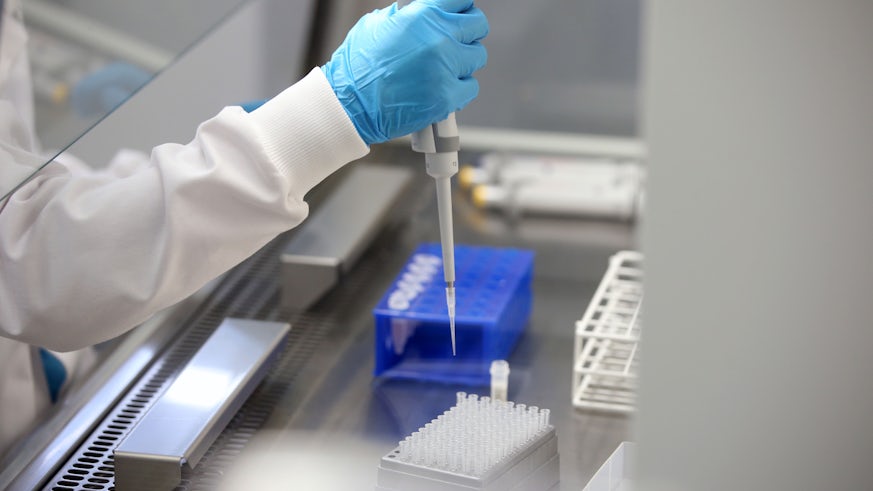New mechanism for expelling mutant cells
11 Tachwedd 2016

Researchers from the European Cancer Stem Cell Research Institute have identified a new signalling mechanism that is responsible for clearing damaged cells from healthy epithelial tissues (those that line the surfaces and cavities of organs).
Prior research has shown that epithelial cells carrying oncogenic Ras mutations (RasV12 cells) are detected by ‘normal’ cells. As a result, these mutant cells are often expelled from the epithelial tissues, potentially preventing cancer initiation.
However, the way in which normal cells identify the mutant cells and how this triggers the elimination process has remained elusive. This new research, led by Dr Catherine Hogan, identified differential EphA2 signalling as the mechanism which underlies this identification and clearing process.
Dr Hogan explains,
“EphA2 is a receptor that instructs cells to organise appropriately in tissues. When epithelial cells carry Ras mutations, the level of EphA2 expressed in cells becomes abnormally high. This triggers a signalling response that causes the mutant cell to separate from the normal cells.
We found that reducing the level of EphA2 in RasV12 cells, causes the mutant cell to remain undetected in the tissue and adopt a pro-invasive phenotype. Working with Dr Joaquín de Navascués at the European Cancer Stem Cell Research Institute, we also demonstrated that this mechanism is required to remove mutant cells from the tissues of fruit flies (Drosophila melanogaster) and is therefore conserved in evolution.”
This discovery paves the way for future research into how mutant cells remain undetected and expand within a tissue to cause cancer.
Dr Hogan continued,
“We already know that cancer-causing cells are detected and cleared from healthy tissues.”
“Now that we understand how this process is triggered, we can explore how deregulation of this signalling mechanism would allow mutant cells to go undetected and expand within a tissue during the early stages of tumour growth.”
The research was funded by Cardiff University and Amser Justin Time.
It is published as the free featured article in Current Biology.